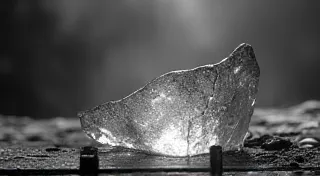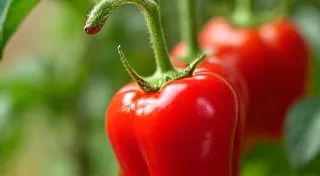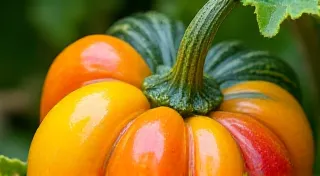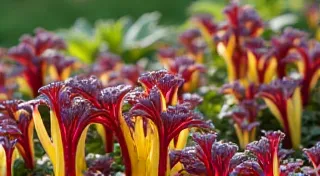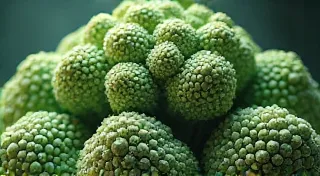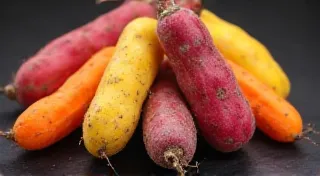Red Bell Peppers: Beyond the Green - Growing Tips and Recipes
Most people think of bell peppers and immediately picture green. But did you know that green is just the *unripe* version? Growing vibrant, deep red bell peppers adds a stunning splash of color to any vegetable garden and elevates your culinary creations. Let's explore how to cultivate these beauties, from choosing the right varieties to savoring the delicious rewards.
Understanding the Color Change: From Green to Red
Bell peppers start green, naturally. As they ripen, the chlorophyll breaks down, revealing underlying pigments – in this case, a beautiful red! The ripening process is heavily influenced by sunlight and temperature. More sun and warmer temperatures accelerate the color change. While you *can* harvest green bell peppers, allowing them to ripen to red dramatically enhances their sweetness and flavor. It's fascinating to consider the broader spectrum of vegetable colors and how they reflect the plant's journey, much like the insights shared in Fractured Seasons: Embracing Imperfection in a Kaleidoscope of Vegetables, where the beauty of the unexpected is celebrated.
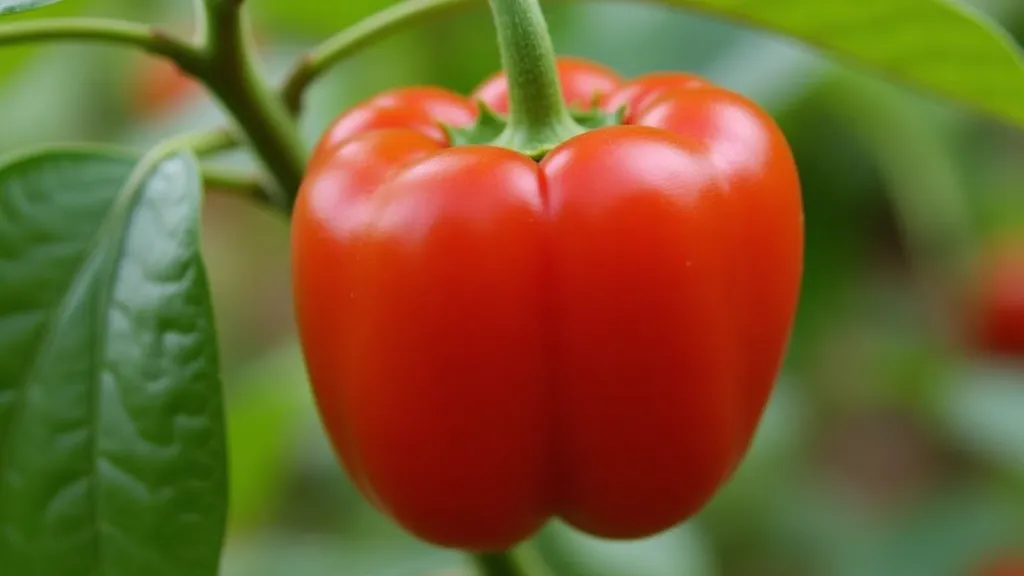
Choosing the Right Varieties: Heirlooms and Hybrids
While all bell peppers *can* ripen to red, some varieties are particularly known for their exceptional color and flavor. Here are a few to consider:
- California Wonder: A classic heirloom, known for its large size and reliable red color.
- Jupiter: A hybrid with excellent disease resistance and a deep, rich red hue.
- Italian Red Marconi: A slightly blockier shape than traditional bell peppers, also prized for its sweet flavor.
- Sweet Palermo: This is a popular choice for its unique shape and sweet taste
Experiment with different varieties to discover your favorites! The pursuit of unique and colorful produce is a common thread among gardeners, and similarly captivating root vegetables like golden beets offer a vibrant addition to any garden – see how to grow them in Golden Beets: A Sunny Addition to Your Garden and Table. Thinking about adding a touch of unexpected beauty to your garden? Consider purple cauliflower, a truly stunning variety.
Growing Tips for Brilliant Red Bell Peppers
Here's a breakdown of key growing tips to ensure a bountiful harvest of beautiful red bell peppers:
- Starting Seeds or Transplants: Bell peppers need a long growing season (60-90 days). Start seeds indoors 8-10 weeks before the last expected frost. Alternatively, purchase healthy transplants from a reputable nursery.
- Sunlight: Bell peppers thrive in full sun (at least 6-8 hours per day).
- Soil: Well-drained, fertile soil is essential. Amend the soil with compost or well-rotted manure before planting.
- Watering: Water regularly, especially during hot, dry weather. Aim to keep the soil consistently moist, but not soggy.
- Fertilizing: Feed your pepper plants with a balanced fertilizer every few weeks.
- Support: As the plants grow and produce fruit, they may need support to prevent them from toppling over. Stakes or cages work well.
- Patience: Allowing them to ripen to red requires time! Be patient and let them bask in the sunshine.
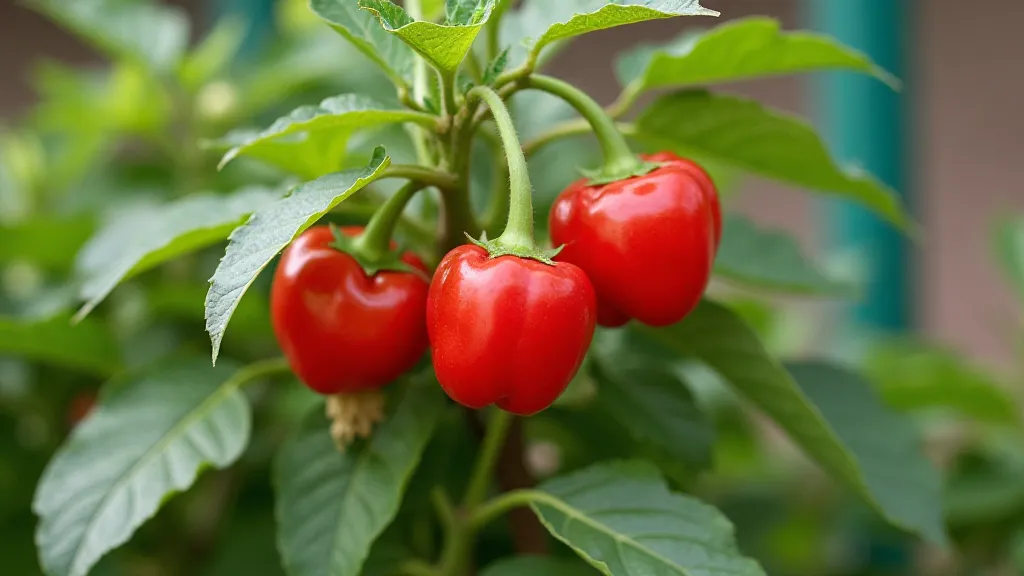
Harvesting and Storage
Bell peppers are typically ready to harvest 60-90 days after planting. The best time to harvest is when the peppers are fully colored and slightly firm. Use scissors or pruning shears to cut the peppers from the plant, leaving a small portion of the stem attached.
Store ripe bell peppers in the refrigerator for up to a week. They can also be frozen for longer storage. Beyond red bell peppers, exploring a wider variety of produce expands your culinary possibilities. The unexpected beauty of a vibrant vegetable patch can truly inspire unique recipes, much like a garden bursting with unusual colors.
Delicious Recipes to Showcase Your Harvest
Now that you're growing vibrant red bell peppers, let's put them to good use! Here are a few recipe ideas:
- Roasted Red Pepper Soup: A classic and comforting dish.
- Stuffed Red Peppers: Filled with rice, ground meat, and your favorite seasonings.
- Red Pepper Relish: A tangy and flavorful condiment.
- Grilled Red Pepper & Feta Salad: A light and refreshing summer salad.
- Simply Sliced in a Sandwich: Their sweetness shines through.
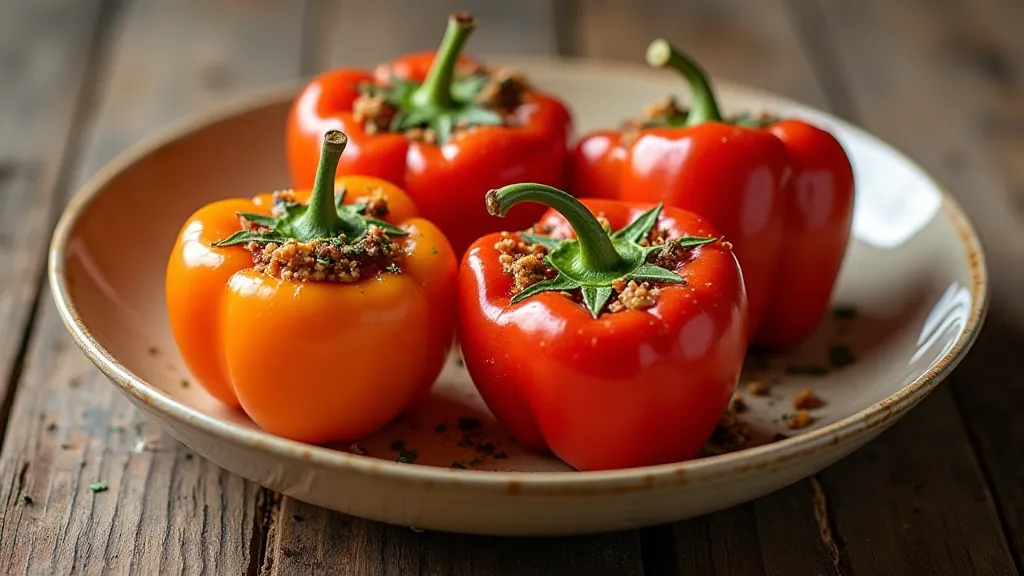
Growing red bell peppers is a rewarding experience, adding color, flavor, and beauty to your garden and your table. The joy of growing your own food extends beyond the harvest, influencing your creativity in the kitchen. Don't limit yourself to familiar colors and shapes; explore the diverse world of vegetables! The possibilities are endless, and with a little experimentation, you can create stunning dishes and a truly exceptional garden, much like a painter selecting colors from a vibrant palette. Thinking about incorporating more visual appeal into your garden? The intriguing hues of Purple Cauliflower: A Stunning and Delicious Addition to Your Garden can add a unique dimension to your outdoor space.
Beyond the practicalities of growing techniques, cultivating a garden is also about embracing the process and appreciating the wonders of nature. It’s about connecting with the earth and witnessing the magic of transformation. From tiny seeds to flourishing plants, it’s a journey of discovery and reward. And just as a painter selects their colors to create a masterpiece, a gardener selects their plants to create a beautiful and bountiful garden.
Here are some additional considerations to ensure a successful harvest:
- Dealing with Pests: Bell peppers can be susceptible to common garden pests like aphids, flea beetles, and pepper hornworms. Regular inspection of plants and appropriate pest control measures (such as insecticidal soap or hand-picking) can help keep pests at bay.
- Disease Prevention: Bell peppers are also prone to certain diseases like blossom-end rot and fungal infections. Ensuring proper soil drainage, adequate ventilation, and avoiding overhead watering can help prevent these issues.
- Succession Planting: To extend your harvest season, consider succession planting. This involves planting new seedlings every few weeks so that you have a continuous supply of peppers throughout the growing season.
- Saving Seeds: If you’re feeling adventurous, you can try saving seeds from your favorite bell pepper varieties. This is a great way to preserve unique traits and save money on future plantings. However, be aware that hybrid varieties may not breed true from seed.
With a little planning and care, you can enjoy a bountiful harvest of beautiful, flavorful red bell peppers. Happy gardening!
